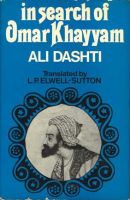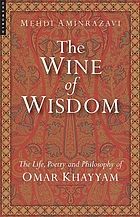Orientalist and liberating discourses of East-West difference – Revisiting Edward Said and the Rubaiyat of Omar Khayyam. Mohammad Tamdgidi.
The Discourse of sociological practice 7 (2005), nrs. 1&2 (Spring/Fall), p. 187-201.
The article focuses on the text of Professor Edward Said with regards to the use of East-West difference. The author presents an argument that distinguishes the literary and political rhetoric of Said and the substantive point he made with regards to East-West difference and orientalism. According to the view of Said, human history is a history of constant reciprocity and exchange of ideas and influences across cultures and traditions.

